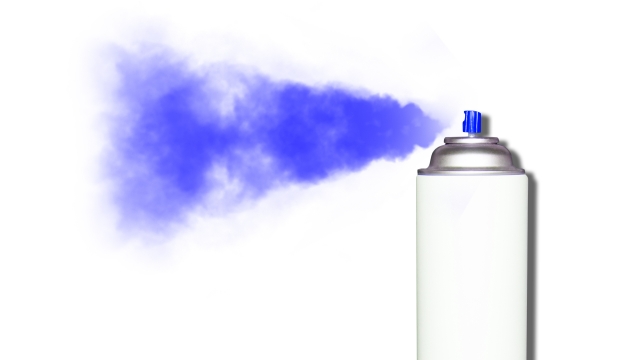After the official labo-visiting days, a few students sent me an e-mail message to request an extra labo-visiting for them. Such a request from the students who did not come to our group in the official days is greatly welcome. This is because our group is rarely chosen as the prime laboratory for the students who naturally wish to join the other laboratories in the main stream of solid-state physics. In the current situation, I do not deliver any lecture for the undergrad and our group is not involved in the student experimental courses. Our group is rather hidden from the students. Further, the topic of our group, which is softmatter physics, is largely different from the main stream of our department, which is solid-state physics.
In spite of the situation above, we have had more than 20 students visiting, which is around 40% of the total students of our department. It is great.
The students put me a critical question. Can rheologists change the world? Can rheology contribute development of new functional materials? … My answer is that, rheologists would not give a drastic change to the world. But rheologists will improve technologies. The recent paper from Tokyo University of Agriculture and Technology shows one of such a direction. They have developed a method to create microjet, which is the technology used for inkjet printers to make a series of small droplets in a precise way, for viscous fluids. The micorjet technology itself is nothing new, but this study will expand its application, towards 3D printing of biological staff for example.
